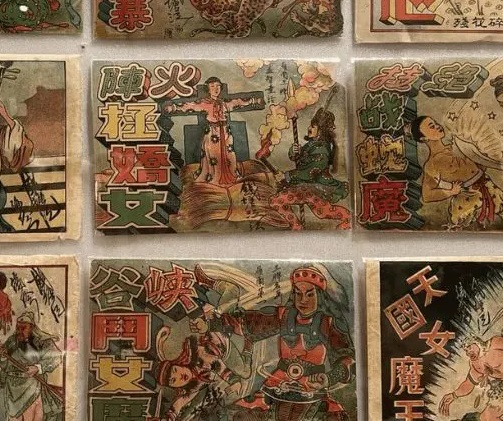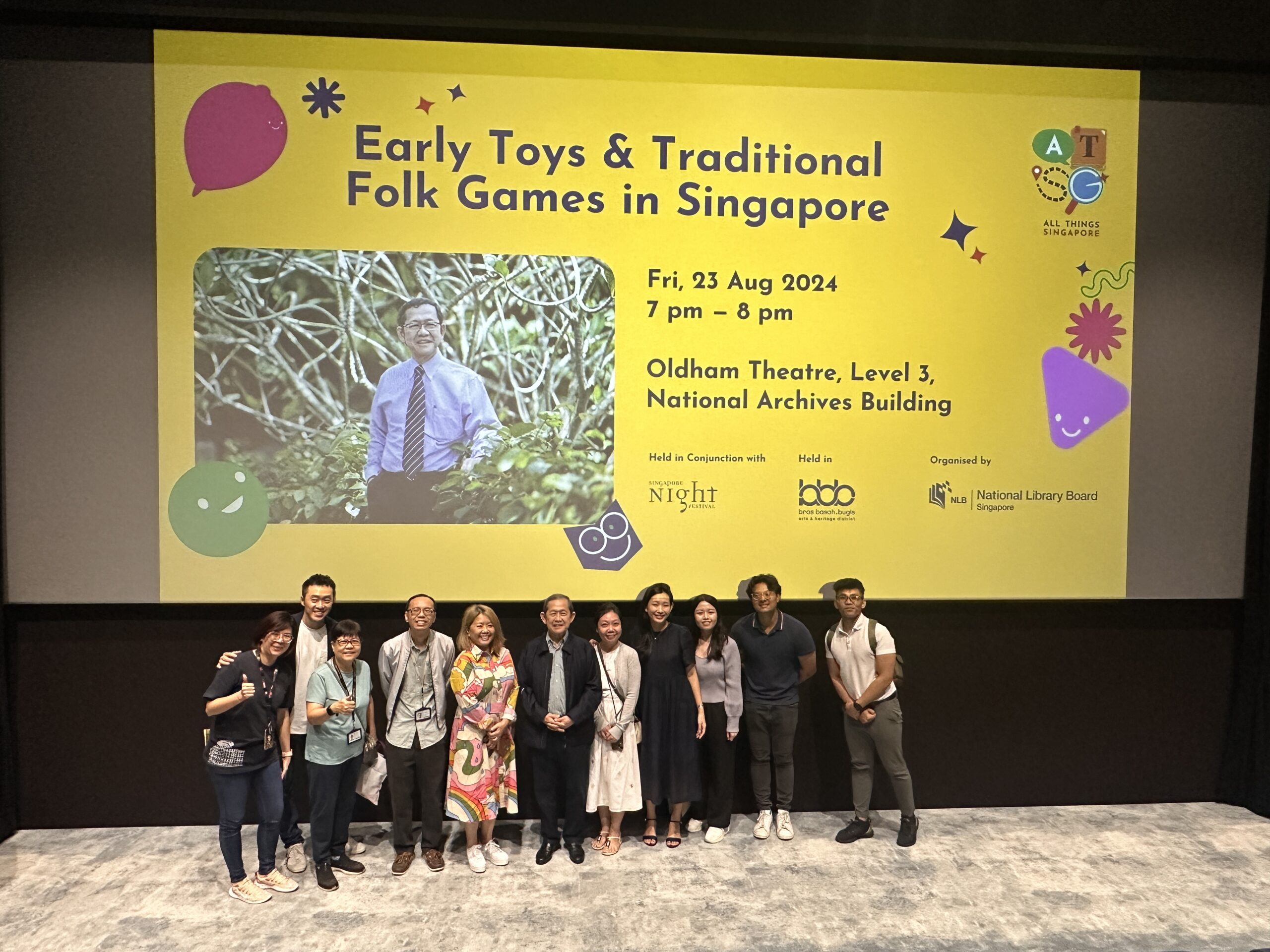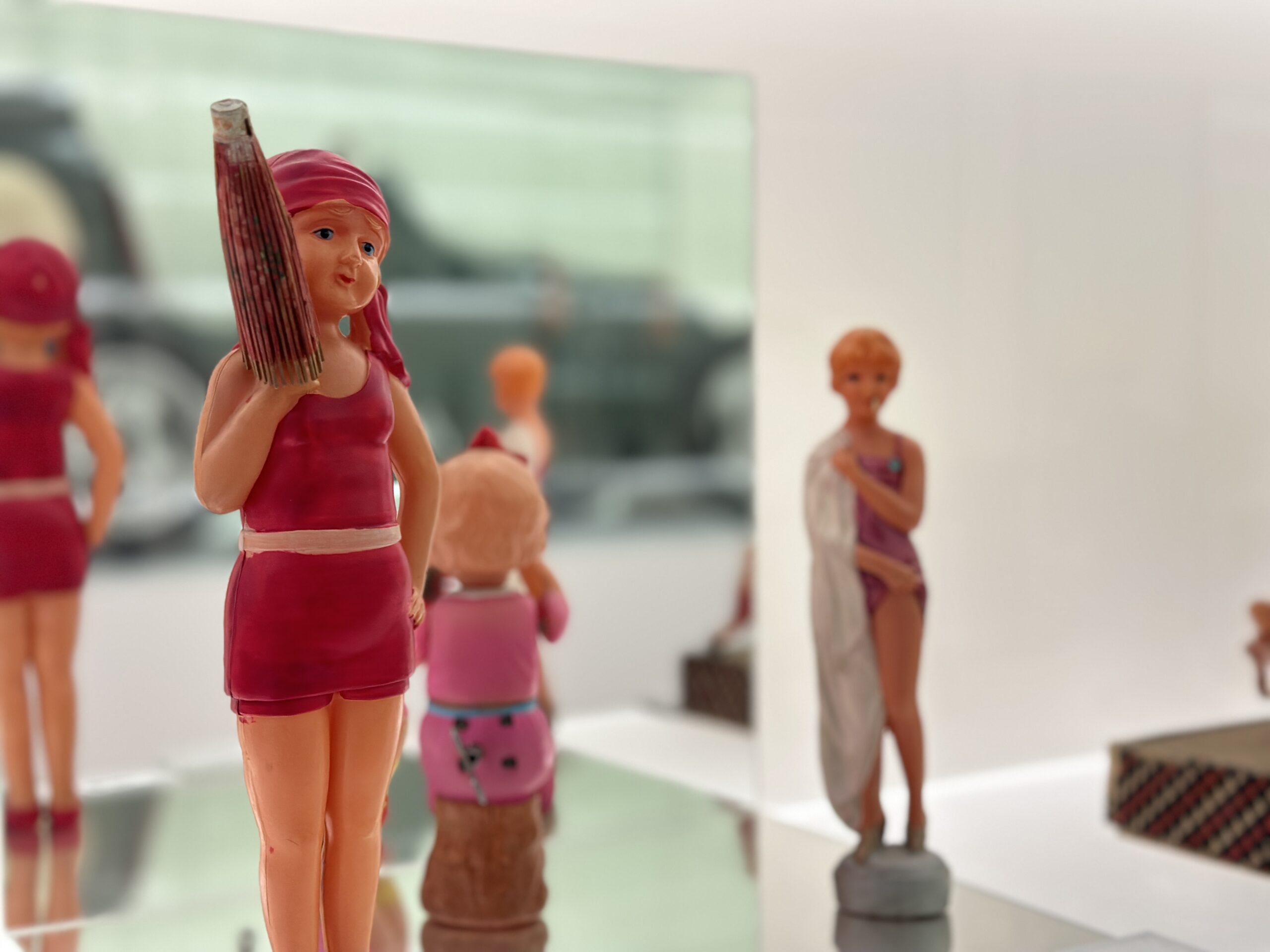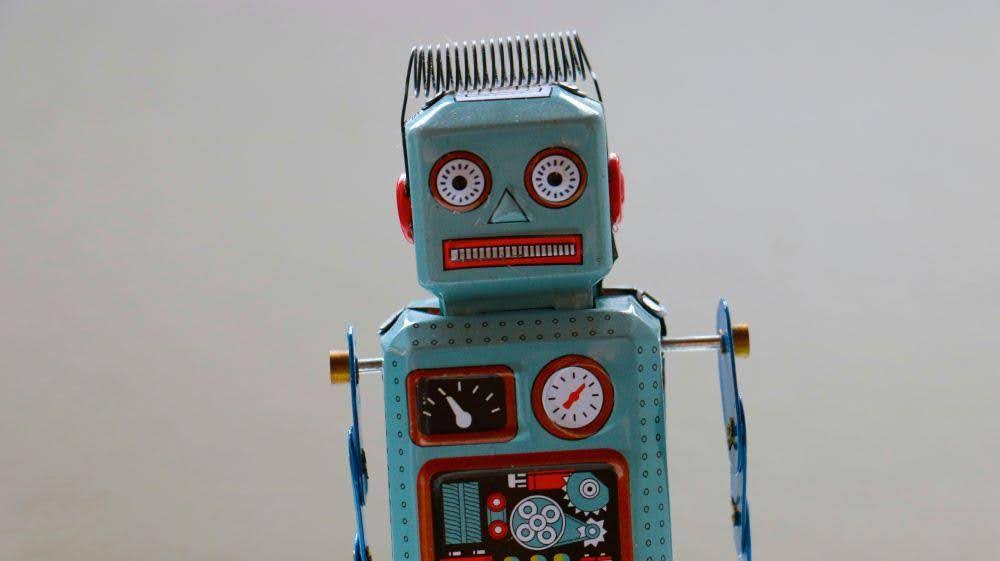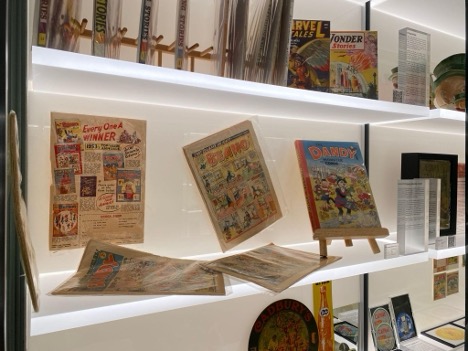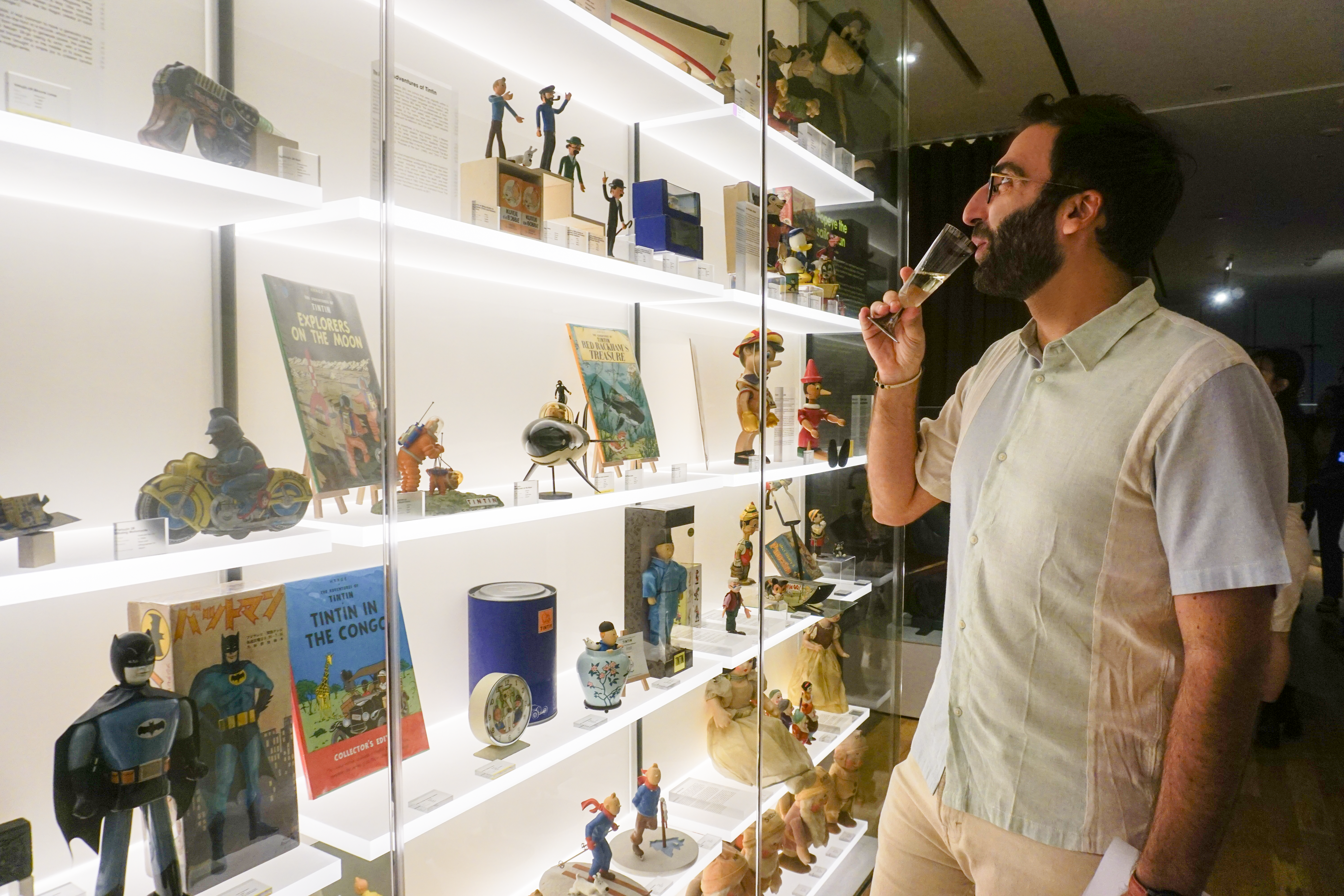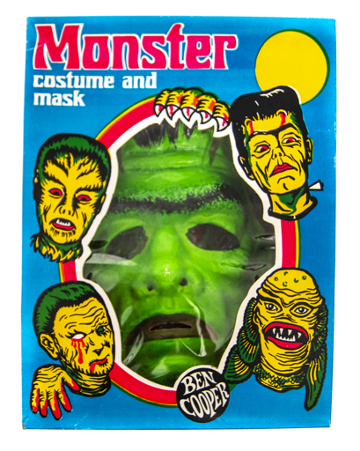Think about East Asian comics today, and some common types might come to mind: Japanese manga, Korean manhwa, and Chinese manhua. However even before all of these entered the popular consciousness in the 20th and 21st century, there was Lian Huan Hua (连环画).
Literally translated as “linked or serial pictures”, Lian Huan Hua consisted of small palm-size books with sequential drawings that were first made popular in the 1880s. Some books included text accompaniment next to the illustrations (similar to captions), whereas others used in-image text or speech bubbles like what we are familiar with in comic books today. They are commonly regarded as an early form of Chinese comics, and a notable precursor to contemporary manhua.
Rise and First Golden Age
The popularity of Lian Huan Hua peaked during the 1880s to 1920s, with the format spreading from Mainland China to Hong Kong. You could often rent a copy from roadside kiosks, which made the books accessible to lower classes who couldn’t afford other forms of entertainment.
Most Lian Huan Hua typically illustrated well-known stories from Chinese myth and folklore, such as The Story of the Three Kingdoms or Journey to the West. Some original publications also used them to depict current events such as popular films, targeting audiences with low literacy who were still able to understand the pictorial narrative even if they couldn’t understand the text.
This latter quality made them highly important to the Chinese Communist Party (CCP) as a form of propaganda directed towards illiterate peasantry. In the 1940s, Lian Huan Hua was widely used to depict Sino-Japanese War and Socialist Realist narratives in order to build up class consciousness and communist solidarity amongst the masses.
Fall and Second Golden Age
By the mid-20th century, Lian Huan Hua began to fall out of popularity in Hong Kong. It was seen as a lower-class or less sophisticated form of popular culture, especially with the Hong Kong film and entertainment scene booming in the 1970s and 80s.
However, Lian Huan Hua continued to be popular in Cultural Revolution China at this time, with a ‘golden era’ in the 1980s and 90s. This was earmarked by a wide proliferation of a variety of narratives and stories, and some titles even had single printing runs of over 1 million copies – a staggering number even by today’s standards. These Chinese comics were used to provide citizens with foreign guides to current events or pop culture, such as illustrating movie scenes or events happening elsewhere in the world.
Unfortunately after the 1990s, Lian Huan Hua finally began to lose popularity for a variety of reasons. This included increased competition from other forms of media, increased censorship over its contents, and the rising dominance of other styles inspired by now-popular Japanese manga and American comic books.
New Resurgence
Today, Lian Huan Hua has largely fallen into obscurity, with the dominant comic forms present in China and Hong Kong today being manhua, manga, and big-name comic franchises such as DC and Marvel.
Regardless, some efforts are currently being made by Chinese artists to highlight and re-showcase Lian Huan Hua to the general public. These efforts often position them as a “grassroots fine art form” and a genre worthy of study, focusing on their cultural relevance during their heyday and their politically charged undertones.

Surviving copies of Lian Huan Hua (especially those pre-dating the 1970s) are now seen as valuable collectibles as well, speaking to the changing political and social mores of a time gone by. Our toy museum in Singapore has a large collection of these Chinese comics proudly displayed at Level 2 Collectables. Old-school memorabilia, toys, and collectibles such as these are a fascinating and valuable way for us to engage with history, and see the past through new and exciting ways. Through seeing remnants of the past, we not only see how things have changed, but better understand what may lie for us now and in the future.See how the past, present, and future come together through our museum tours in Singapore, or get a hands-on experience with our interactive workshops for kids. Peruse our blog for more behind-the-scenes insights into our collections, or get in touch with our team to find out more about what we do.

